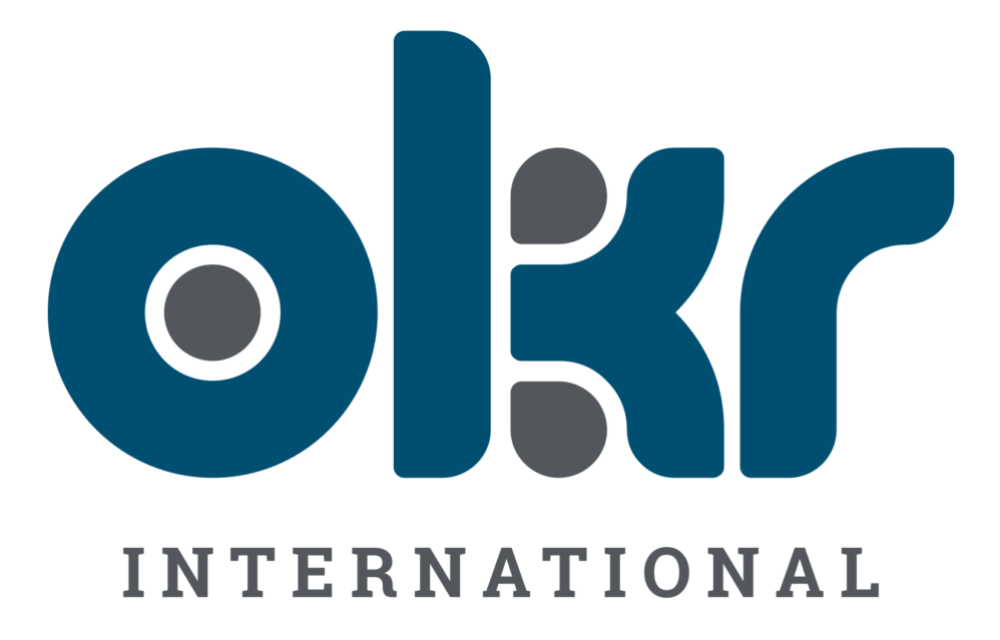How to Align OKR's: Webinar by OKR Internationals
https://youtu.be/FBXT224jXHw
Why use OKRs?
In a recent survey within Gen Z and Y, they were asked to define an engaging performance management system, and what they really expect it to help them achieve.
It was found that they want to move from Performance Management to Performance Enablement.
While these overlapping ideas may seem congruent, they have remarkable differences.
The reason for this shift suggests the following:
- They don’t want repetitive feedback. Instead, they seek constructive and goal-oriented feedback. Questions such as ‘How does this feedback impact their long-term career?’ are what come to their mind.
- They look for alignment and engagement of their ideas and personal goals with company goals. This just reassures a sense of purpose. How are they contributing to the company’s growth and how is it contributing to their growth? This is often seen alongside the existence of an Entrepreneurial mindset, which emphasizes the need for momentum in growth. It also makes them want to be the owners of their respective functions.
- They want feedback to be real-time, interactive and as quick as possible so that they can immediately act on it without further ado.


médicaments disponible sans ordonnance en Espagne Mepha Pharma Deutsch-Wagram
indicación de venta de medicamentos en Ecuador AbZ-Pharma Colombes Pharmacie en ligne fiable pour
acheter médicaments en France